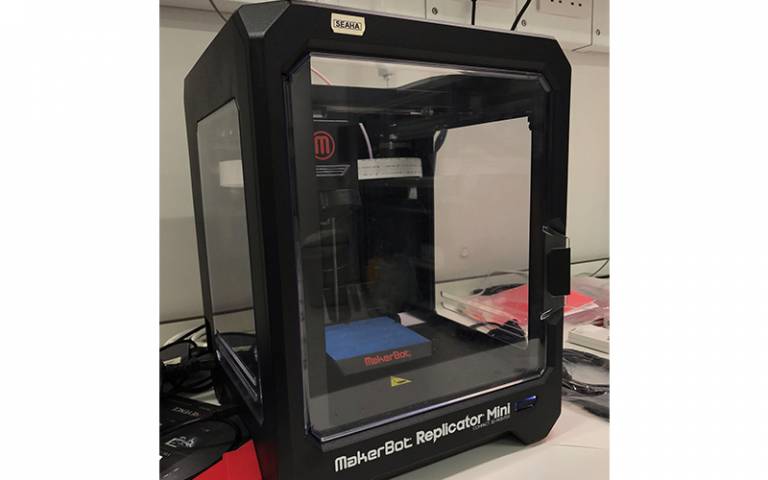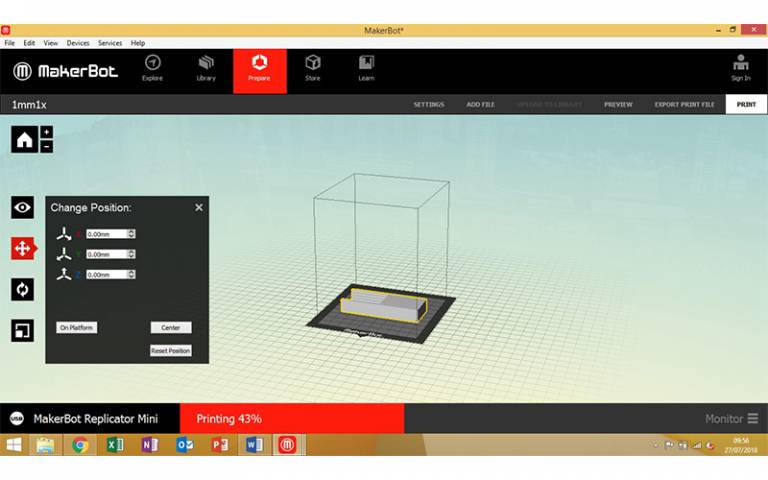A new generation of pollutant monitors: blog written by sixth form student Reuben Harris
13 August 2018
In this blog sixth form student Reuben Harris writes about his work experience at UCL ISH where he has been helping to create a new generation of pollutant monitors.

My name is Reuben Harris and I am currently a student studying in sixth form, aspiring to go to University to study engineering next year. I have been sent from the Nuffield foundation who find STEM placements for students interested in studying in STEM fields.
This week I have been designing and printing in 3D pollutant monitors for particulate matter. I was delighted to have the opportunity to work with Dr Josep Grau-Bove at the sustainable heritage lab and to be part of the creation of this new device.
Particulate matter is an important environmental problem; it is the sum of all solid and liquid particles suspended in air, many of which are hazardous. This complex mixture includes both organic and inorganic particles, such as dust, pollen, soot, smoke, and liquid droplets. Particulate matter continues to be a problem as it is formed when fuel is burnt (from a car for example). These particles can be transported through wind and are constantly around us. Particulate matter can have very negative effects on health, such as heart or lung disease, heart attacks, irregular heartbeat, asthma, decreased lung function, and many more. It is also a concern for museums because it deposits on valuable surfaces such as paintings, which obviously are worth a lot.
I have spent the last couple of weeks learning how to design in 3D for printing using CAD software called Google SketchUp. Using Google SketchUp, I have been able to design the prototypes for the pollutant monitors. I have also learnt how to use a MakerBot 3D printer, to print the pollutant monitors. Over the next couple of weeks, I will be testing the prototypes in different areas with different levels of pollution, making any improvements to the device where necessary.

 Close
Close

